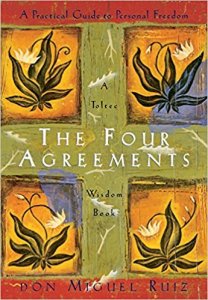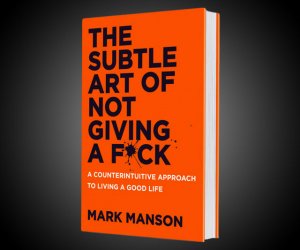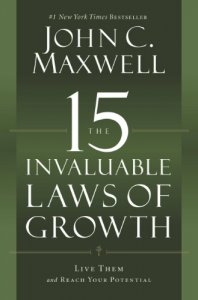- 3,129
- 2,746
- Joined
- Mar 13, 2008
NT FAM!!!
While listening to an audio book I thought it would be a good idea to develop a Personal Development Thread for our community.
Lets use this space to share tools, the game,videos, advice, books, resources etc. to help us become better people and accomplish our goals.
Lets also use this space to hold each other accountable for personal goals and provide support or advice when needed.
Positive vibes and constructive criticism only.
The audio book that inspired me to make the thread is below:

Amazon product ASIN B0076DF6T4
Audio books have been my go-to for personal development at work or on the go.
Feel Free to share anything around the subject of Personal Development.
While listening to an audio book I thought it would be a good idea to develop a Personal Development Thread for our community.
Lets use this space to share tools, the game,videos, advice, books, resources etc. to help us become better people and accomplish our goals.
Lets also use this space to hold each other accountable for personal goals and provide support or advice when needed.
Positive vibes and constructive criticism only.
The audio book that inspired me to make the thread is below:
Amazon product ASIN B0076DF6T4
Audio books have been my go-to for personal development at work or on the go.
Feel Free to share anything around the subject of Personal Development.







